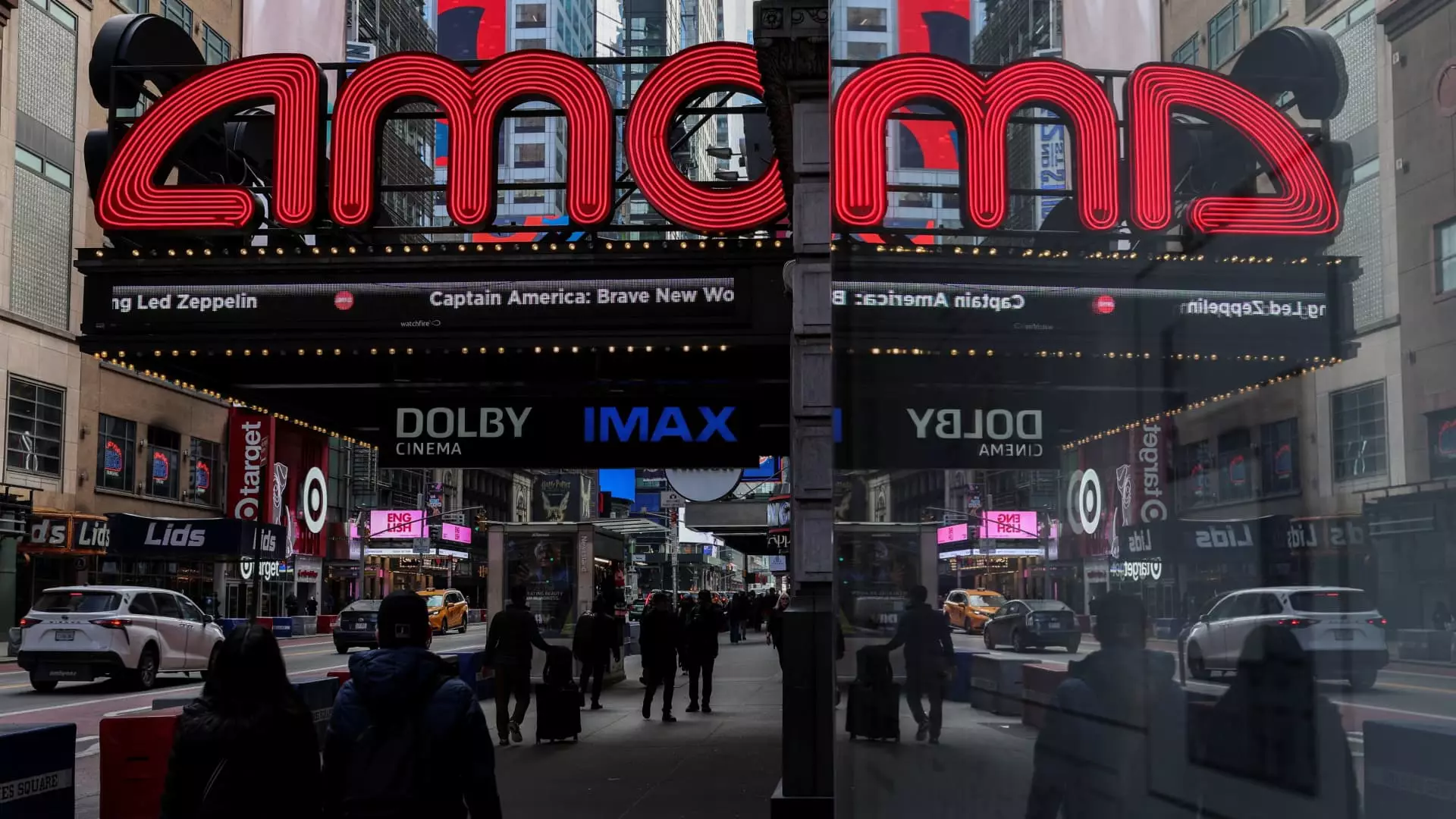AMC Entertainment is embarking on an ambitious venture that could redefine the cinematic experience for millions of moviegoers across the United States. By adding 40 new Dolby Cinema screens by the end of 2027, AMC is not merely increasing capacity but rather tapping into a seismic shift in how audiences engage with films. In a world where streaming services dominate our screens at home, the allure of premium cinema experiences has surged, particularly for blockbuster films that thrive on visual and auditory spectacle. This move signals not only AMC’s recognition of changing consumer preferences but also a calculated response to an industry desperate to breathe new life into the traditional theater experience.
Recent comments from Kevin Yeaman, the president and CEO of Dolby Laboratories, highlight this shift. He asserts that premium moviegoing is “defining the modern box office.” The phrasing here is telling: it indicates a deeper understanding that the cinema isn’t just a place to watch movies anymore; it’s a venue for social engagement, luxury, and excitement—all elements that streaming simply can’t replicate. By harnessing cutting-edge technology and comfort, AMC is facilitating a renaissance that could draw audiences back into theaters in droves, transforming them from casual viewers into dedicated patrons.
A Game of Premium Formats
The landscape changes dramatically with the introduction of premium formats. AMC’s partnerships with CJ 4DPLEX to roll out 65 Screen X auditoriums and 40 4DX theaters not only broaden the offerings available in theaters but also intensify the competition. The Screen X format, for instance, transforms a conventional viewing experience into a 270-degree spectacle, immersing viewers in the narrative to an unparalleled extent. On the other hand, 4DX theaters rely on physical effects—fog, water, and even scent—to enhance the emotional stakes and realism of films. This blend of cutting-edge technology and inventive formats stands to create a cultural event around blockbuster releases.
It raises an essential question: Are these formats gimmicky or genuinely transformative? While some may argue that not every film needs to be experienced through the frenetic lens of 4DX or the all-encompassing embrace of Screen X, there’s undoubtedly a segment of audiences—especially younger demographics—who actively seek out these innovative experiences. As box offices increasingly rely on explosive action films, AMC’s diversification positions the theater chain to capture the growing sector of consumers who want more than just a standard viewing.
Box Office Trends and Financial Implications
According to recent data from Comscore, around 950 theaters across North America currently feature premium large format (PLF) screens, a startling 33.7% increase since 2019. This growth indicates not just an industry trend, but a definitive shift in how businesses perceive consumer demands. The metrics are compelling: PLF screens captured roughly 9.1% of the domestic box office, raking in around $600 million in 2024 alone. Significantly higher ticket prices—averaging just below $17—further underscore this potential. It’s not just about fulfilling a desire; it’s about creating a sustainable financial model that could buoy cinema attendance.
However, one must also consider the implications of higher ticket prices and the exclusivity that premium screens introduce. Is the market for luxury cinema ultimately accessible to everyone? As costs rise, there’s a risk of alienating the casual moviegoer who cannot justify shelling out extra cash for an enhanced experience. AMC and its competitors must tread carefully; while profitability is crucial, the essence of community and shared culture has long been the foundation of cinema.
The Future of Moviegoing Experience
What does this mean for the future of moviegoing? The answer is complex. On one hand, it creates opportunities for theaters to reinvent themselves as premium destinations. On the other, there’s the inherent risk of creating a divide between those who can afford premium experiences and those who cannot. Thus, while excited by the prospects of AMC’s expansion, one cannot help but hope it preserves inclusivity at its core.
In closing, AMC’s expansion into Dolby Cinemas reflects more than just a business decision; it’s an audacious commitment to redefining what it means to experience a movie in a theater. As blockbuster films continue to lure viewers with stories deserving of the grandest presentation, the evolution of the cinema landscape demands our attention—after all, the audience’s appetite for spectacle shows no sign of waning. The question remains, however: will AMC successfully navigate the fine line between opulence and accessibility? This is the challenge that could define the future of cinematic offerings.

